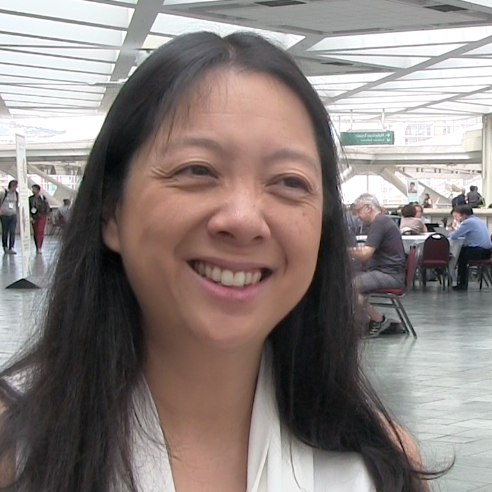Article
DRCR's Anti-VEGF Treatment Algorithm Improves PDR Outcomes at 2 Years
Author(s):
The majority of eyes treated in the DRCR Protocol S study had resolved, stable or improved NV at each follow-up visit.
The DRCR.net anti-vascular endothelial growth factor (VEGF) treatment algorithm provides improved outcomes for patients with proliferative diabetic retinopathy (PDR) through 2 years, with most studied eyes having resolved, stable, or improved neovascularization (NV) at each follow up visit, according to new study results released at the 2018 annual meeting of the Association for Research in Vision and Ophthalmology (ARVO).
Jennifer Sun MD

Jennifer Sun, MD
At 1 month, NV was completely resolved in 19% of eyes assigned to ranibizumab (Lucentis/Genentech) and an additional 60% were improved, according Jennifer Sun, MD, the study’s lead author and associate professor of ophthalmology at Harvard Medical School. Moreover, at visits between 6 months and 2 years, NC was resolved, stable, or improved in about 70-90% of eyes.
“Compared to eyes with persistent neovascularization at 6 months, eyes that resolved neovascularization at 6 months needed fewer injections over the subsequent months,” the authors wrote.
Additional data through 5 years from the ongoing study will reveal longer-term safety and visual outcomes, as well as the durability of ranibizumab’s effect on PDR regression.
Sun sat with MD Magazine to highlight key takeaways from the Protocol S study.
Jennifer Sun, MD:
Sign up to get frontline clinical insights directly to your inbox.
Related Coverage >>>
Aflibercept Shows 12-plus Week Interval Potential in AMD Patients
Outcomes Worse with Anti-VEGF than PRP in Patients Lost to Follow-Up
Jason Hsu, MD: Tackling Treatment Adherence in Patients with Diabetic Retinopathy




